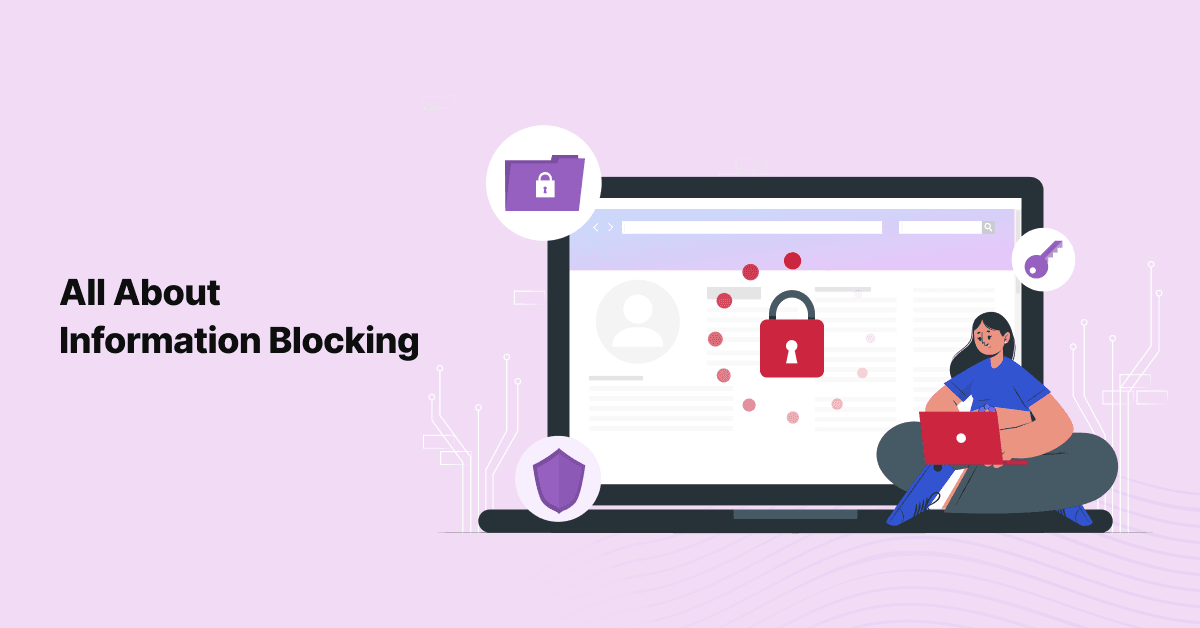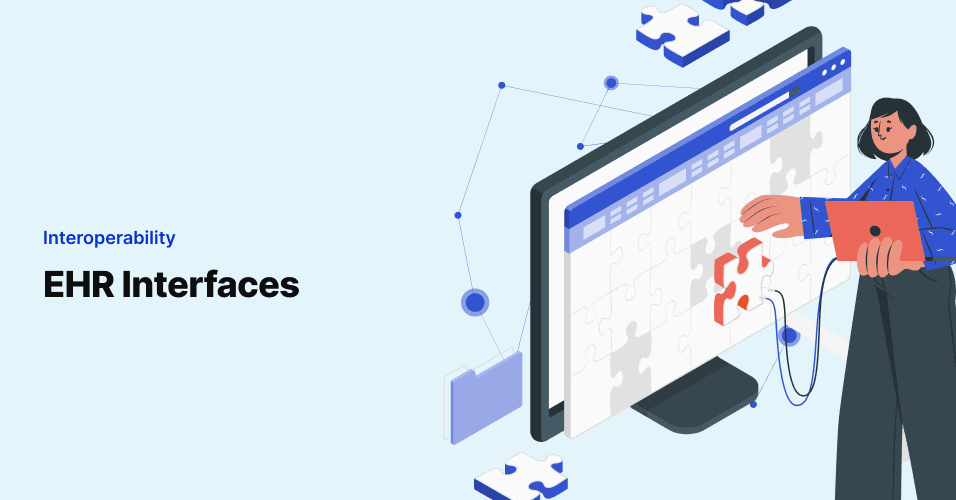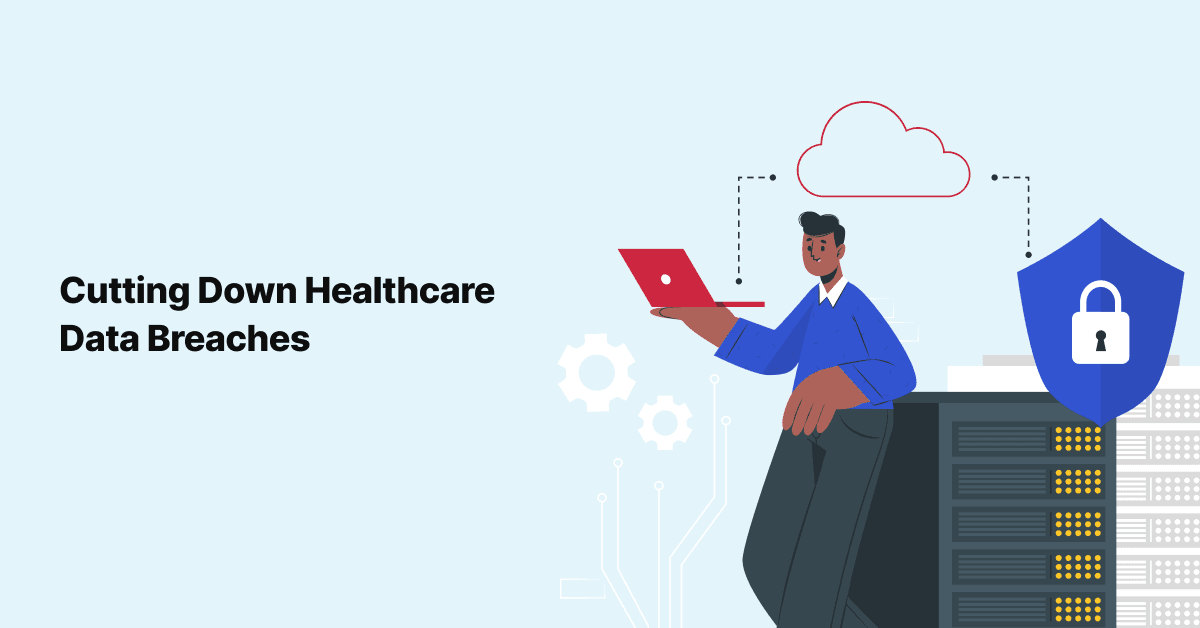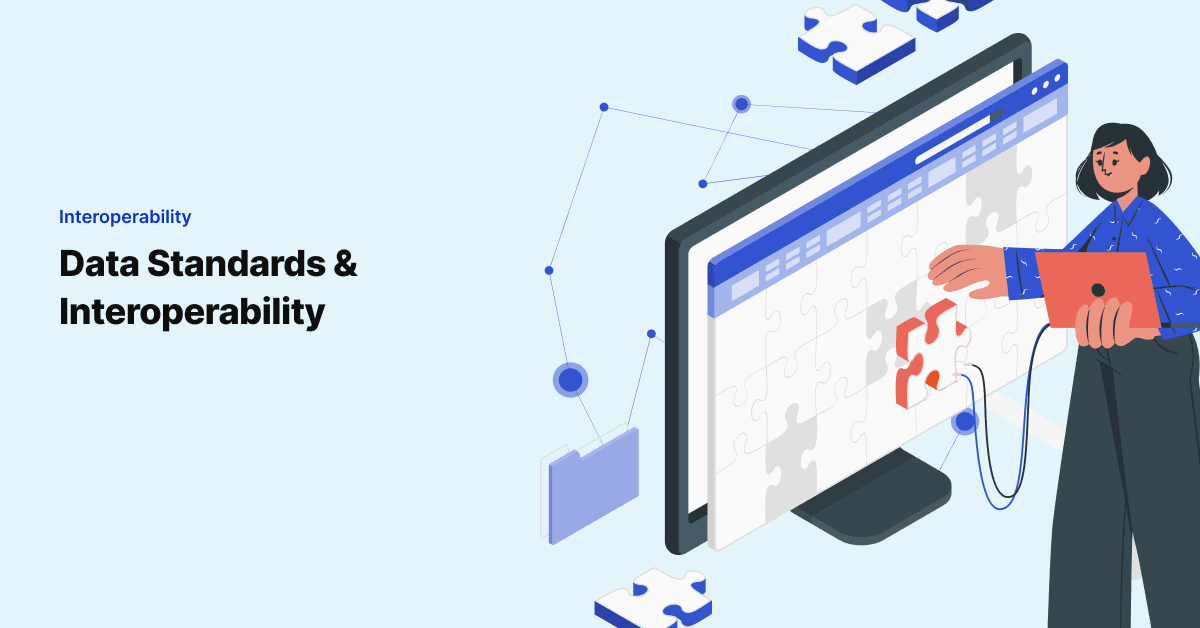
All You Need to Know About Information Blocking
Information blocking was brought into action to ensure the patient’s right to access their health data was …

The idea of a comprehensive health record always sounds good, but when you consider the vast amounts of information and the regular visits that typify chronically ill patients, the picture starts to get a little less rosy. Hospital systems that interface with dozens upon dozens of ancillary facilities and regional clinics may very well serve as poster children for interoperability, but the reality of delivering care in that environment is a veritable nightmare.
The more information available in a patient chart, the more information physicians and clinical staff are considered responsible for knowing and considering. While we don’t dismiss that interface data feeding Epic has potential importance, when all inputs are created equal from a technical perspective, it leaves a significant burden on physicians to weed through scores of notifications, attachments, and discrete data elements to quickly come up to speed on the patient’s condition.
Many physicians would prefer fewer inputs than more, which sounds counter-intuitive, but considering the expectation that data in a record is fair game for review and action, you can see where extensive streams of PHI start to feel ominous versus opportunistic.
While most healthcare interfaces focus on getting timely information to physicians to support patient care, it’s worth remembering that not all data needs to land in an EHR to deliver value in a care continuum. In fact, it’s wise for hospitals to vigilantly protect and question the flow of information in and out of their Epic instance to ensure it subtaintiates not only the technical effort, but also the potentially liability introduced, as discussed above. If there is more potential for harm and overwhelm than enhancement, perhaps there is a better landing place for such interface data, such as a data warehouse or HIE.
Health Information Exchanges (“HIE”) can serve as the central repository for all healthcare data for a given population or region, which may very well provide visibility to front-line care providers via CCDs or even portal access (the latter being less optimal from a workflow perspective, admittedly). But opting for an alternative source versus treating the EHR as the end-all-be-all of information can provide significant benefit to not only clinicians, but also to the patients they serve. Think about it: would you rather your doctor know every single step you’ve taken in the last few months, or focus on the ones that lead up to your presentation in their office? Data relevance can be somewhat difficult to speak for at a community level, so all the more reason to involve the connected community in decisions regarding EHR interface efforts and activity.
Join over 3,200 subscribers and keep up-to-date with the latest innovations & best practices in Healthcare IT.

Information blocking was brought into action to ensure the patient’s right to access their health data was …

Digitization has revolutionized our every day, and while it is true that it has improved efficiency, it is …

If there’s one thing that becomes quickly apparent when working in healthcare IT, it’s that the concept of …